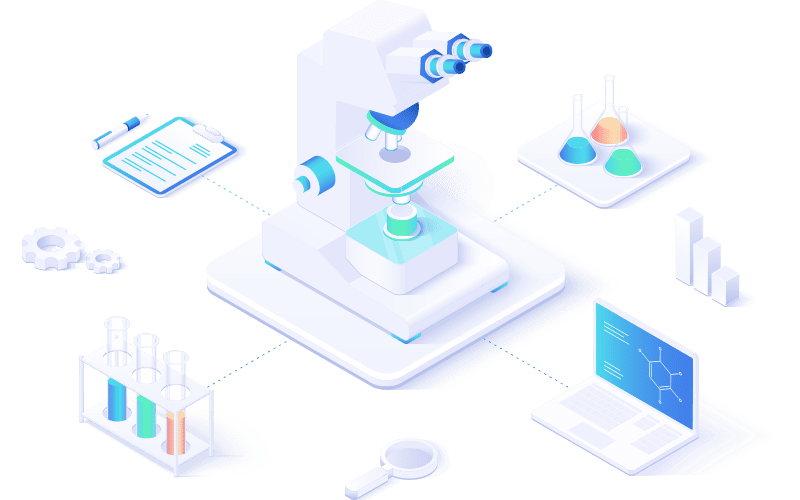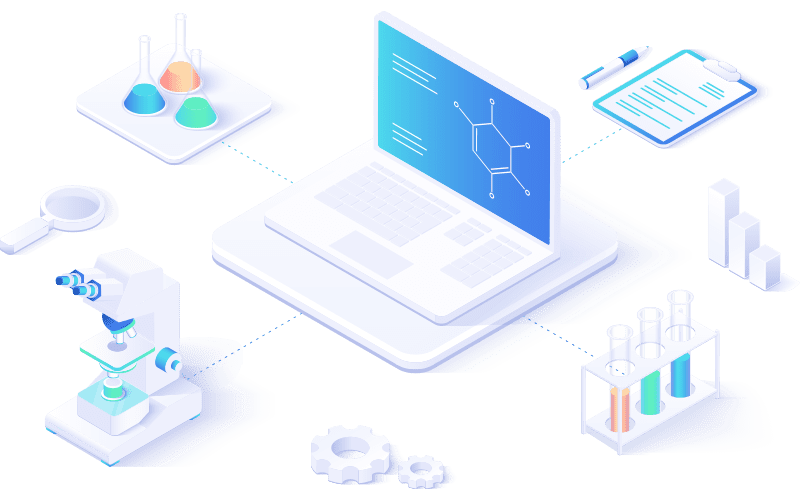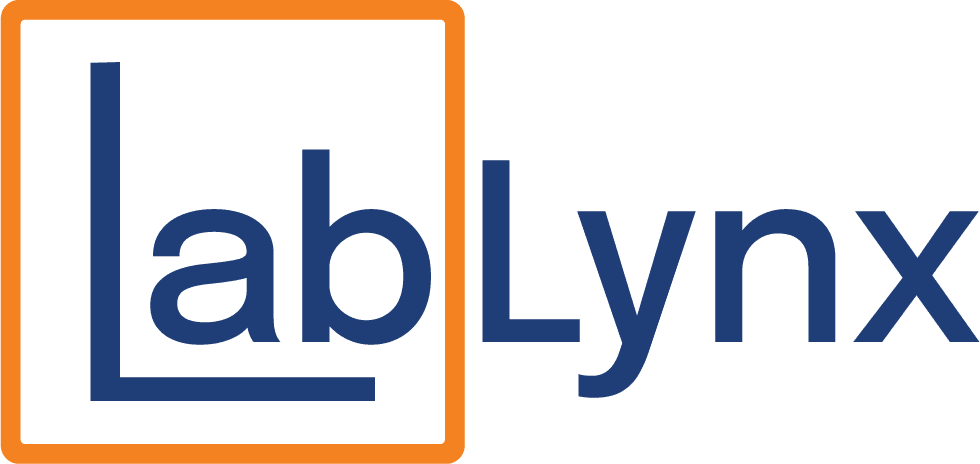
Looking to streamline your lab operations with a Laboratory Information Management System (LIMS)? You’re not alone. Labs across all industries are embracing digital transformation—but a smooth and successful transition begins with knowing the best LIMS implementation tips. This guide walks you through each step, offering practical advice to help your lab plan, deploy, and optimize a new LIMS with confidence.
What Is LIMS Implementation?
LIMS implementation is the process of planning, configuring, deploying, and training staff on a Laboratory Information Management System. The goal is to improve lab efficiency, accuracy, compliance, and data visibility. But success depends on more than just choosing the right software—it requires strategic planning and active participation from your team.
Why LIMS Implementation Matters
Adopting a LIMS can reduce human error, accelerate turnaround times, centralize data, and help your lab meet regulatory standards such as CLIA, ISO 17025, and FDA 21 CFR Part 11. But without the right implementation strategy, you may face delays, user resistance, and long-term inefficiencies. That’s why following proven LIMS implementation tips is critical.
LIMS Implementation Tips: 10 Proven Steps to Ensure Success
1. Clearly Define Your Goals and Success Metrics
Start by aligning your LIMS project with business objectives. Are you looking to improve traceability? Reduce manual data entry? Generate audit-ready reports?
- Identify key pain points in your current workflow
- Engage stakeholders from IT, QA, compliance, and lab staff
- Document specific outcomes you expect from the system
2. Choose the Right LIMS Vendor
Not all LIMS solutions are built equally. Choose a vendor that understands your industry, offers strong implementation support, and allows for system configurability.
- Ensure compliance with required regulations (e.g., HIPAA, FDA)
- Ask for client references and review case studies
- Evaluate the vendor’s track record and update cycle
3. Create a Cross-Functional LIMS Implementation Team
Successful LIMS implementation requires input from multiple departments. Appoint a project manager and designate team leads for each key area—lab operations, IT, QA, and training.
- Hold weekly progress meetings and reviews
- Assign clear roles and responsibilities
- Document all key decisions for accountability
4. Develop a Comprehensive Implementation Timeline
Break your project into manageable phases: planning, data migration, configuration, validation, training, and go-live. Avoid aggressive timelines that risk poor adoption.
- Build in time for testing and feedback loops
- Start with core functionality before adding complex modules
- Leave time for unexpected roadblocks
5. Audit and Clean Your Existing Data
Your LIMS is only as good as the data it contains. Before importing data into the new system, conduct a full audit to remove duplicates, correct formatting issues, and establish naming conventions.
- Standardize units, naming schemes, and formats
- Work with your vendor to map legacy data fields to new ones
- Perform test migrations to identify potential issues early
6. Customize Workflows Thoughtfully
Many LIMS platforms allow for customization—but too much too soon can create unnecessary complexity. Configure workflows to match your lab’s critical processes, but leave room for future expansion.
- Use built-in templates where possible
- Document all configuration changes for future reference
- Prioritize efficiency and simplicity over perfection
7. Train Your Team Effectively
Even the best system will fail without proper training. Develop role-based training sessions to teach staff how to use the LIMS in real-world scenarios.
- Use a mix of hands-on, video, and live sessions
- Create user guides and SOPs tailored to your workflows
- Offer refresher training regularly and for new hires
8. Perform User Acceptance Testing (UAT)
Before going live, conduct extensive UAT with real users from each department. This ensures the system works as intended and meets all operational and compliance requirements.
- Validate against documented use cases
- Log and prioritize bugs and usability concerns
- Require sign-off before advancing to full launch
9. Launch with Confidence—Then Optimize
A phased rollout often works best. Start with one department or use case, gather feedback, and iterate. Continue refining workflows post-launch to increase adoption and efficiency.
- Use dashboards to monitor performance metrics
- Solicit feedback via user surveys or check-ins
- Assign someone to manage ongoing optimization
10. Plan for Long-Term Support and Scalability
Choose a LIMS that grows with your lab. Whether you add new instruments, tests, or team members, your system should be able to scale accordingly.
- Ensure access to timely technical support
- Schedule regular system reviews with your vendor
- Stay up to date with software upgrades and compliance changes
Common Pitfalls to Avoid in LIMS Implementation
- Underestimating the time required for data migration
- Skipping formal training sessions
- Over-customizing before launch
- Not assigning a clear project manager or point of contact
How LabLynx Helps Simplify LIMS Implementation
At LabLynx, our LIMS Suite is built to make implementation simple, flexible, and scalable. From first consultation to post-launch optimization, our team works closely with yours to ensure every milestone is met. With pre-configured industry templates, cloud hosting, compliance-ready architecture, and unmatched customer support, LabLynx is your partner in modern lab management.
Schedule a demo to discover how LabLynx can help you implement a LIMS that meets your exact needs—today and as you grow.
Final Thoughts: Make Your LIMS Implementation a Success
Implementing a LIMS is one of the most important steps your lab can take to future-proof operations and streamline workflows. By following these expert LIMS implementation tips, your lab can avoid common pitfalls, reduce downtime, and ensure long-term ROI. Set your lab up for success—start with the right strategy, the right team, and the right LIMS partner.
Accelerate Your Lab's Success & Experience LabLynx
"*" indicates required fields
Explore the LabLynx Suites

LIMS Suite
Seamless Sample and Workflow Management
The LabLynx LIMS Suite empowers laboratories with the tools needed to manage samples, workflows, compliance, and more in one centralized system. It’s the backbone for labs seeking efficient, reliable, and scalable management solutions.

ELN Suite
The LabLynx ELN Suite offers a modern approach to managing lab data and experiments. With its secure, intuitive platform, your team can record, store, and collaborate effortlessly, supporting innovation every step of the way.

Lab Automation
Automate for Efficiency and Growth
Streamline operations and boost productivity with the LabLynx Lab Automation Suite. Designed for labs ready to embrace advanced automation, this suite integrates systems, instruments, and workflows to deliver efficiency at scale.
